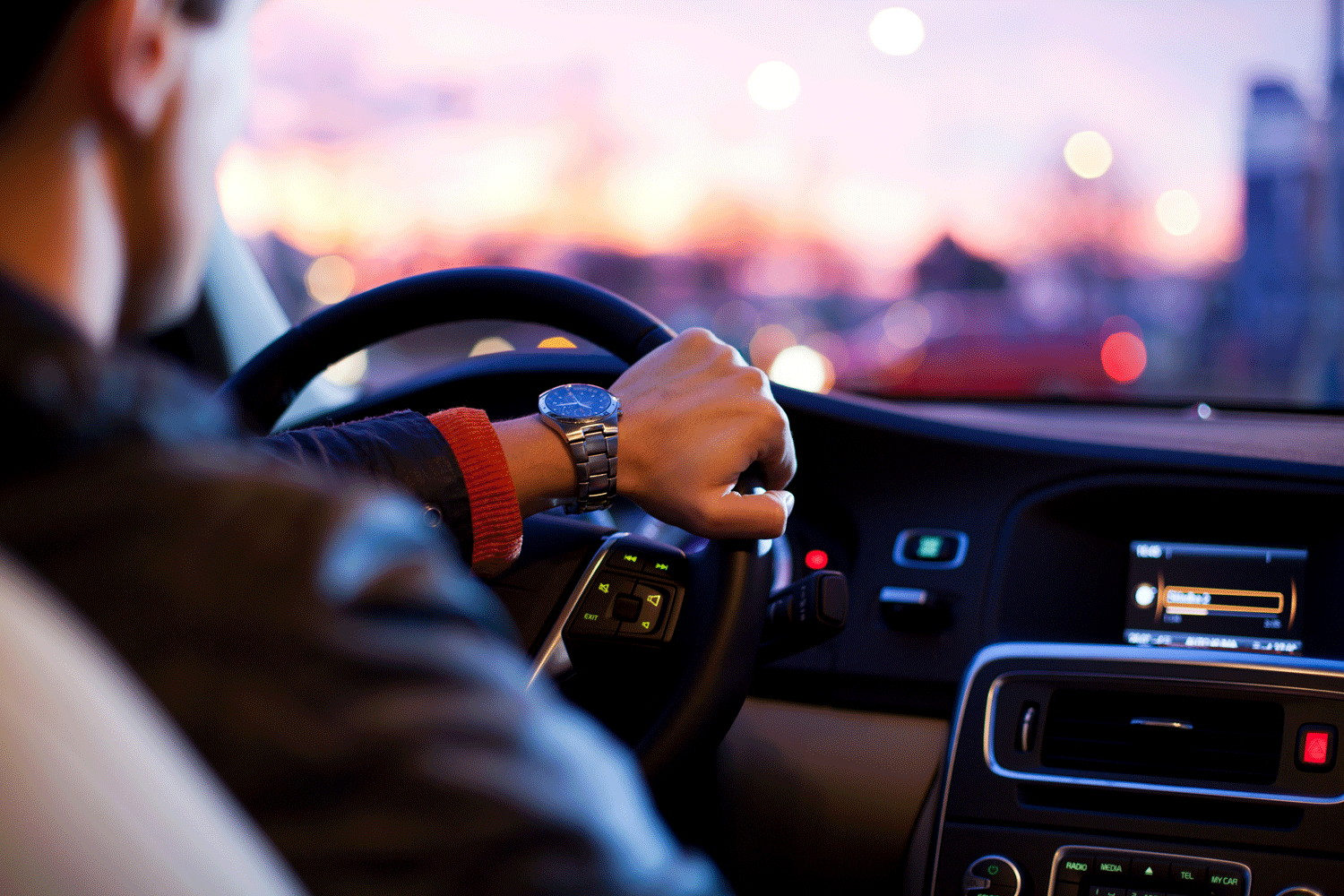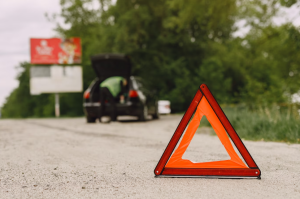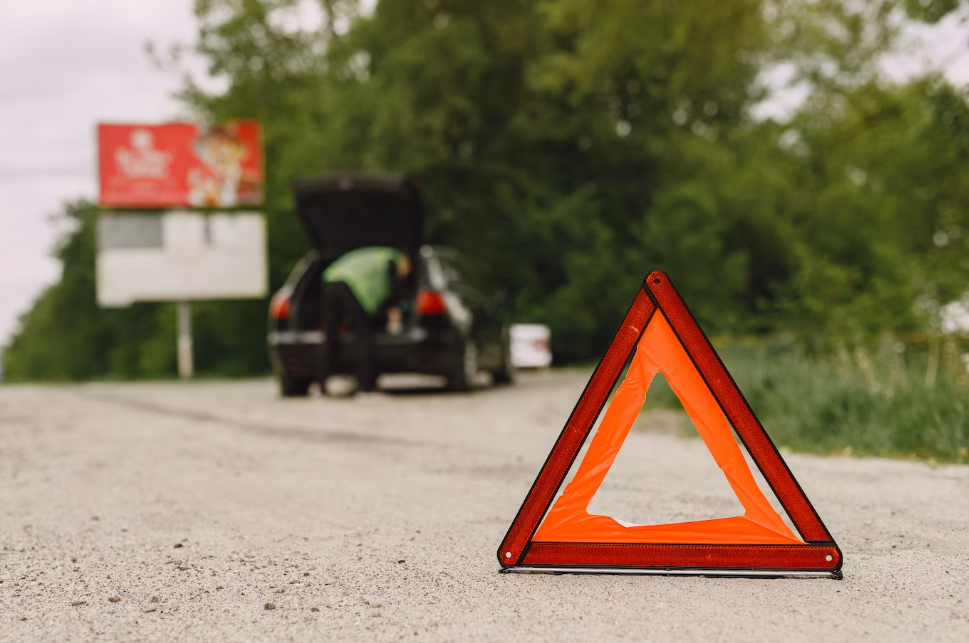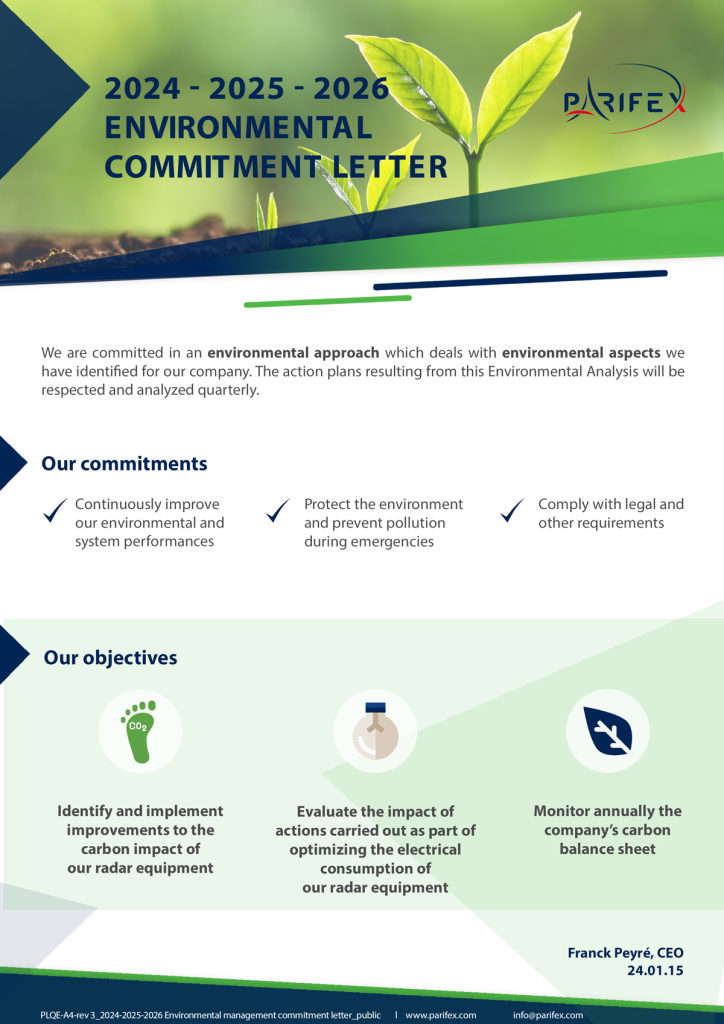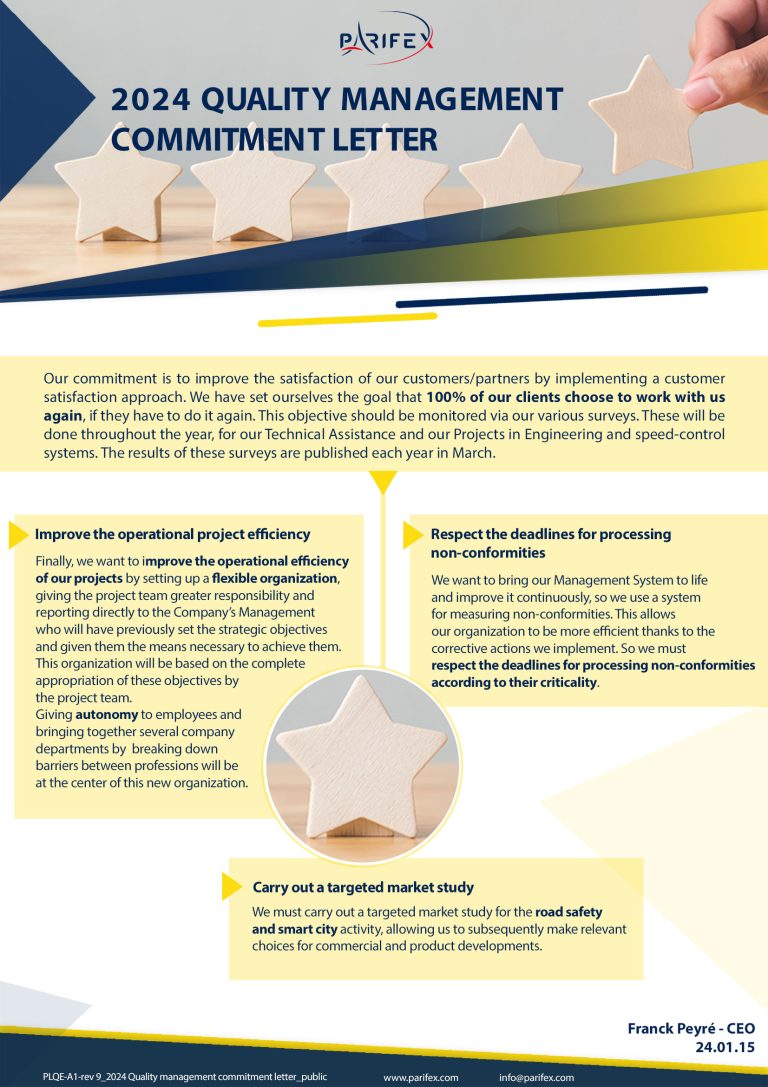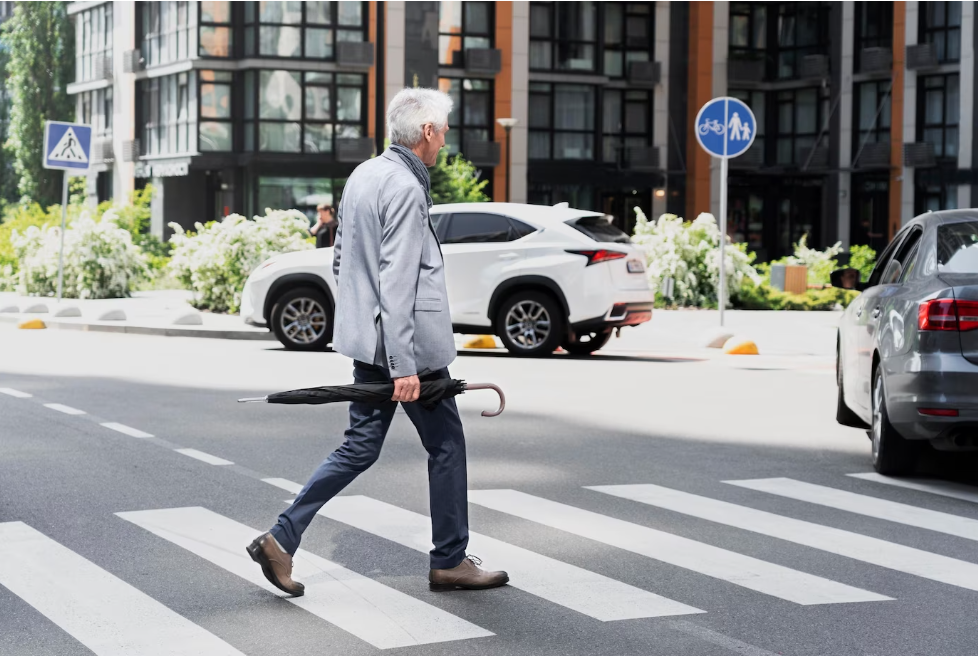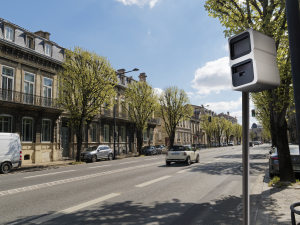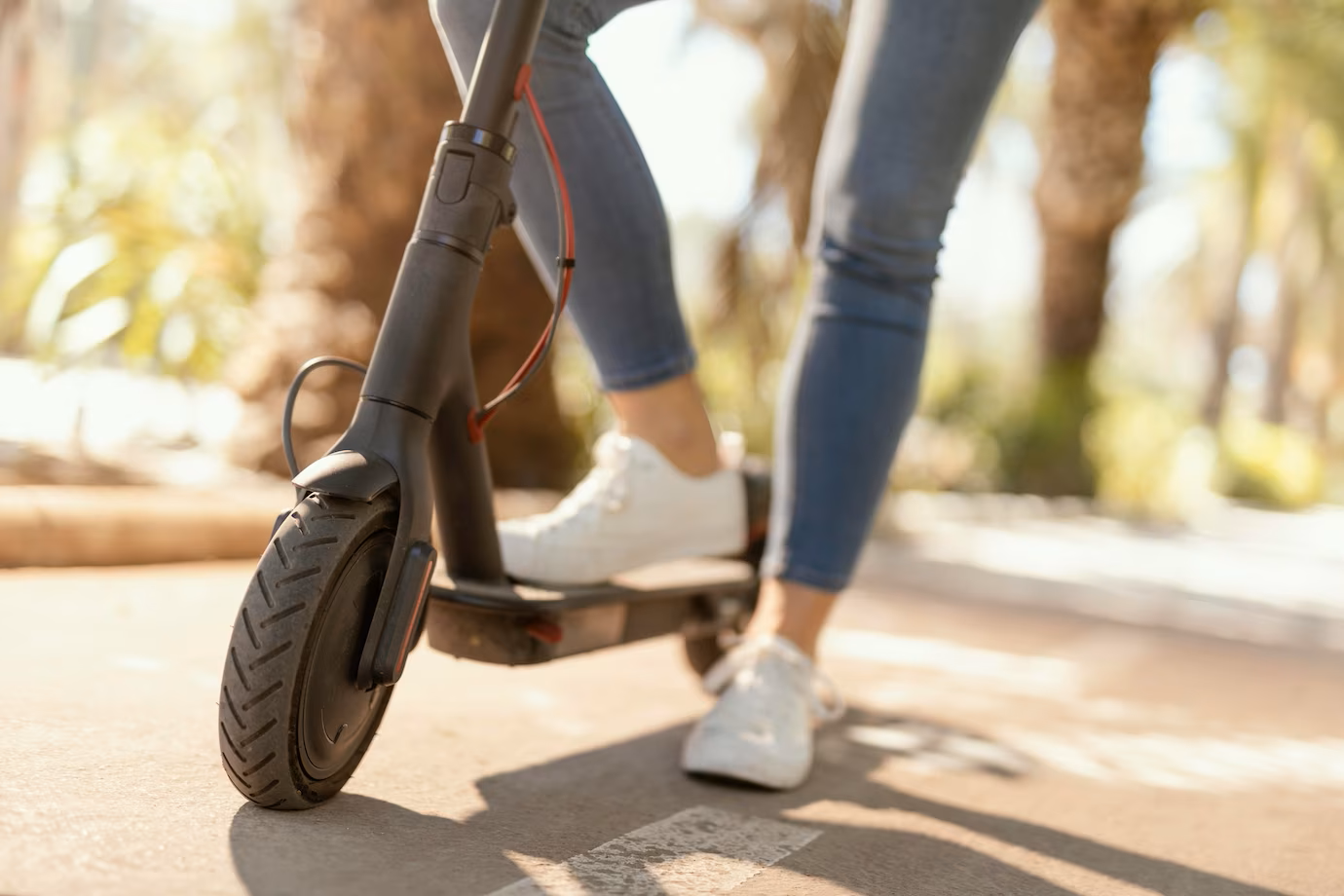
Road safety: towns and cities hit the road
In our towns and cities, there are many opportunities to violate road safety and traffic regulations, given the wide variety of means of transport that coexist. This complex environment requires all users to respect the rules of the road in order to reduce, if not avoid, accidents. Unfortunately, this is still far from being the case. Claire Legrand, head of road safety at PARIFEX, takes stock of the challenges facing conurbations in the transition to mobility.
The fatalities on French roads report, released every year by the French road safety observatory (ONISR), states that almost 3,500 people died on French roads in 2023. “Although this figure decreases by 4.2% on the previous year, nine out of ten drivers admit to regularly exceeding the speed limit by a few kilometers per hour, and the causes of accidents are changing, giving way to other types of dangerous behavior”, explains Claire Legrand, Road Safety Business Manager at PARIFEX.
Excessive speed, fatigue, use of the telephone, touch-screen dashboards, etc. – our attention is caught by a host of distractions that take our eyes dangerously off the road. The danger is still there, and it’s not going to go away, not least because of telephone use at the wheel, which now multiplies the risk of accident by 23. Increased braking time, irregular trajectory, too high or too low a speed, sudden braking… are all reckless behaviors for the driver and the road users around him.
As leading manufacturer of innovative automatic speed cameras and red light crossing enforcement systems based on 3D LiDAR technology, PARIFEX’s mission is to support local authorities in the transition to mobility.
“It was obvious for PARIFEX to take advantage of the Salon des maires et des collectivités locales, a major event for mayors and local authorities, to get the road safety message across, says Claire Legrand. On the one hand, it’s an opportunity to review the current state of play in the fight against road insecurity, together with the towns, and on the other, to come back to the introduction of automatic radars, made possible by the 3DS law for towns, whatever their size”.
Because safety on the road and in the heart of cities is not an option, solutions exist to encourage the sharing of the roadway between different users and to make every environment a safe, pleasant and welcoming place to travel. “The 3DS law is a major step forward for local authorities, who now have new means at their disposal to tackle the issue of road safety head-on and take action against the all too numerous road accidents”, concludes Claire Legrand.



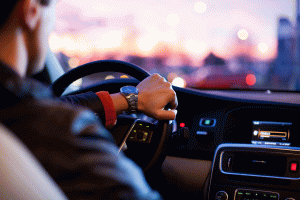 Drunk driving has similar consequences to those caused by various distractions at the wheel, such as the telephone, music… In fact, just as the driver’s eyes are drawn away from the road by visual distractions such as a billboard, an eye-catching external situation, etc., the alcoholic driver finds it extremely difficult to focus on the road. Driving under the influence of alcohol is just as dangerous as losing your train of thought.
Drunk driving has similar consequences to those caused by various distractions at the wheel, such as the telephone, music… In fact, just as the driver’s eyes are drawn away from the road by visual distractions such as a billboard, an eye-catching external situation, etc., the alcoholic driver finds it extremely difficult to focus on the road. Driving under the influence of alcohol is just as dangerous as losing your train of thought.


